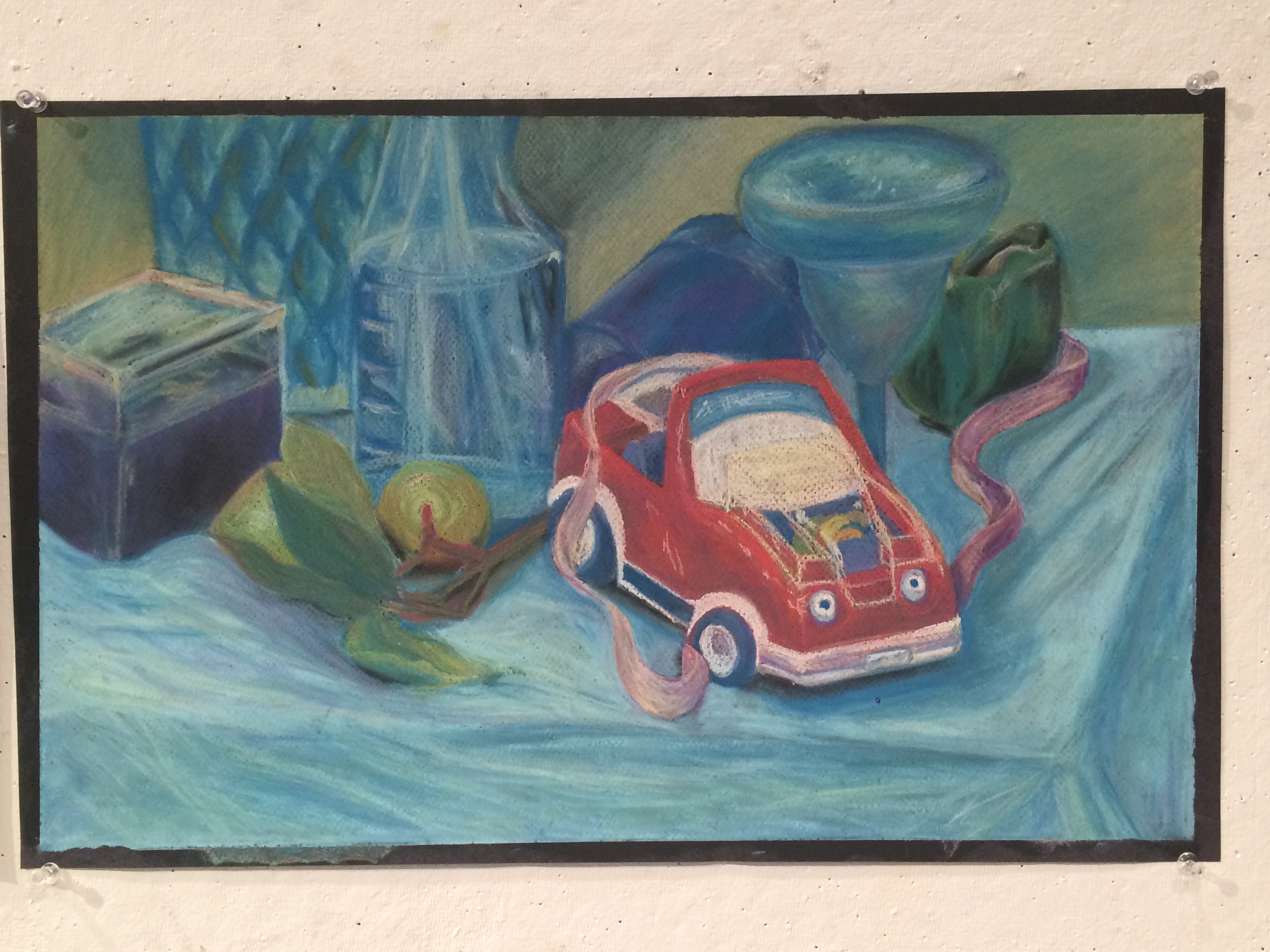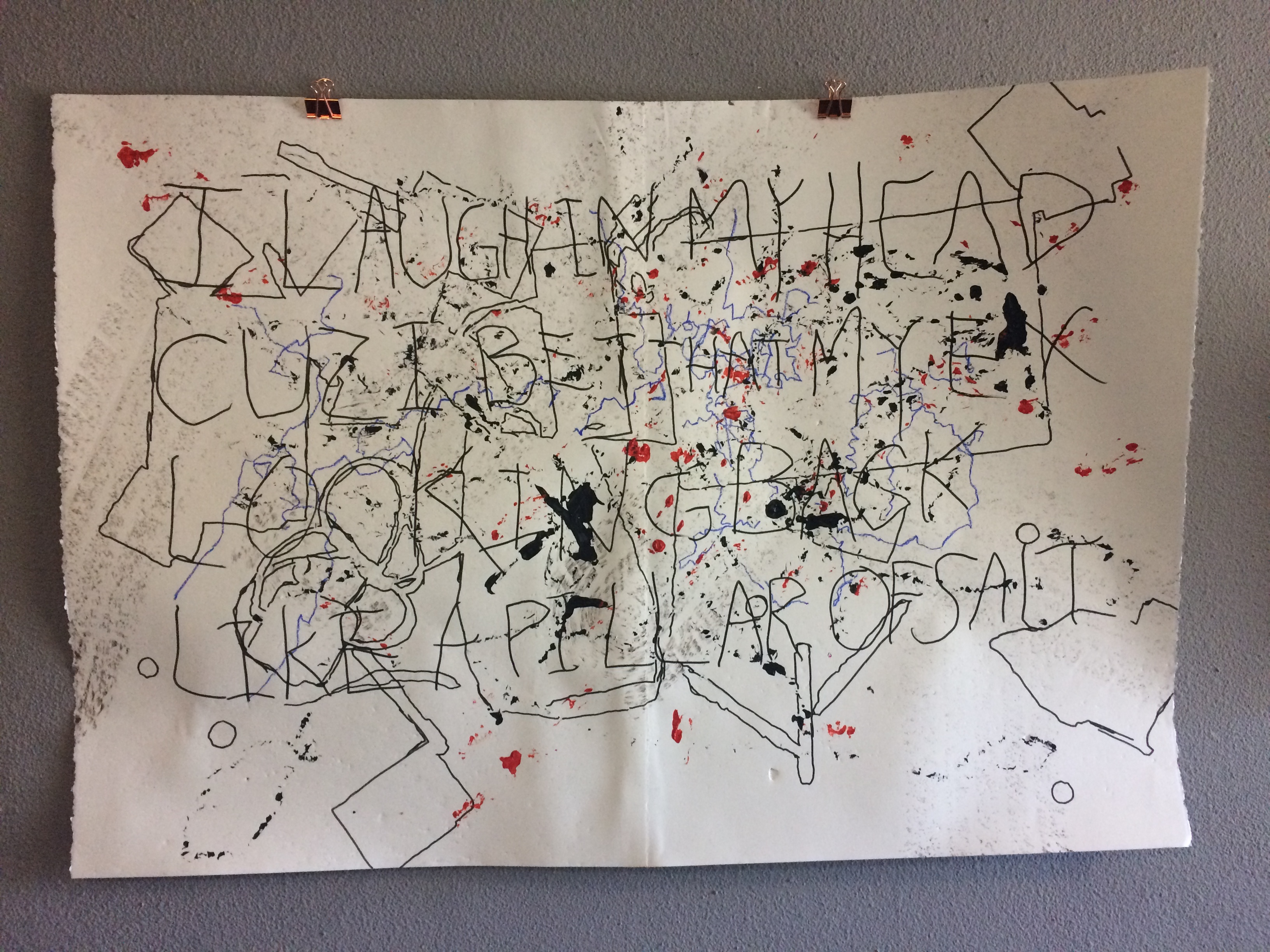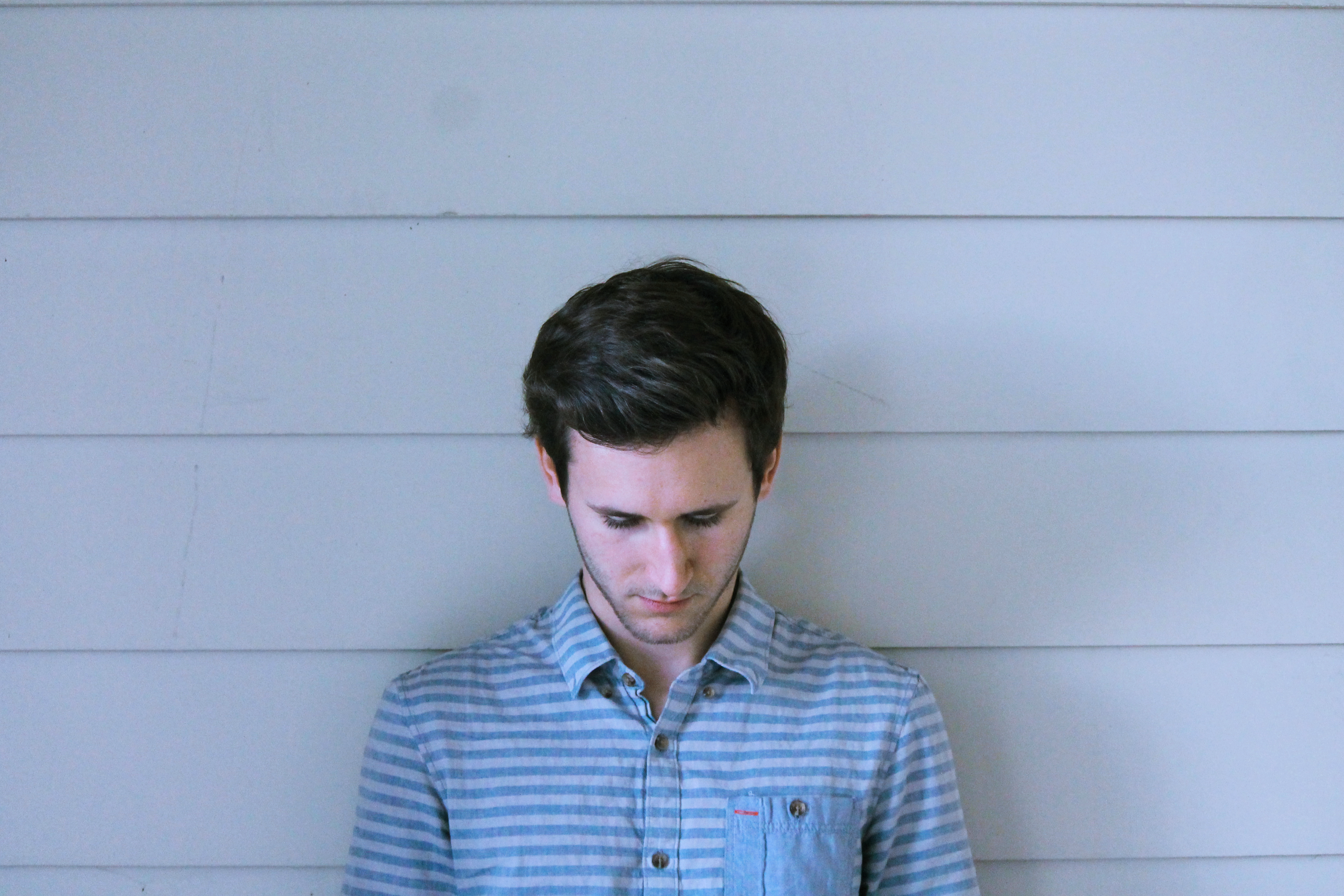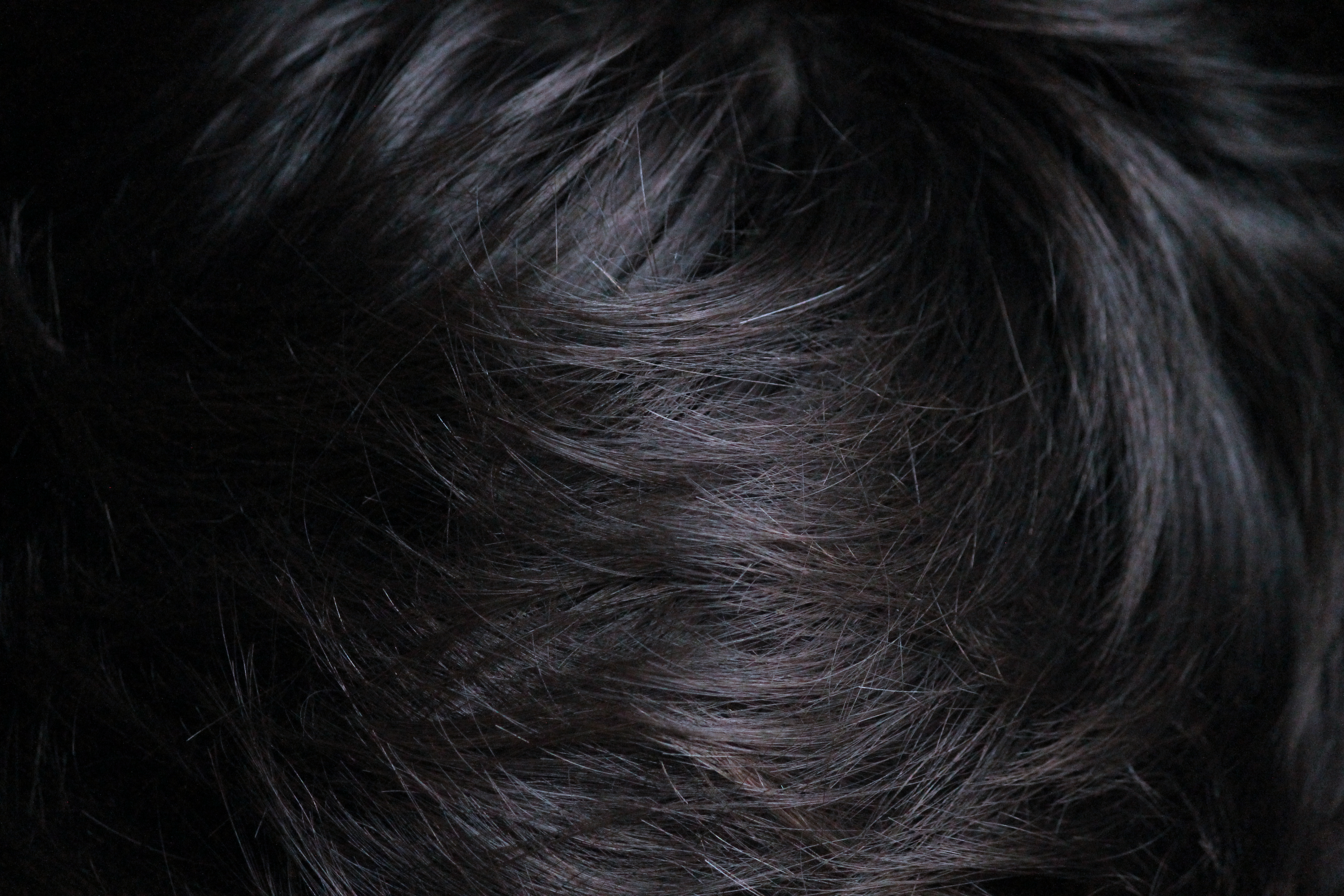Link to Mind Map PDF: mind map-21l2kno
Link to Fulbright Book PDF: Fulbright Conference-1om69ry
My mind map is pretty straightforward. I start with the concept and move on from there in order to create guidelines for myself so that I stay on track for what the design needs to look and function like.
I think Tuan is probably wondering about why I’m pursuing a design minor as an art major. The answer is that I’m interested in how these two areas can function together to create a fuller education for myself. I love design, but I also love art and art history. It’s hard for me to distinguish between art and graphic design, because in my mind they are two methods of creative expression. Both require concepts to drive projects, and allow me to use my passion for art history to guide my methods. I think it’s worthwhile for Tuan to be wondering about this, since it’s an unusual combo to pick for major/minor.






















